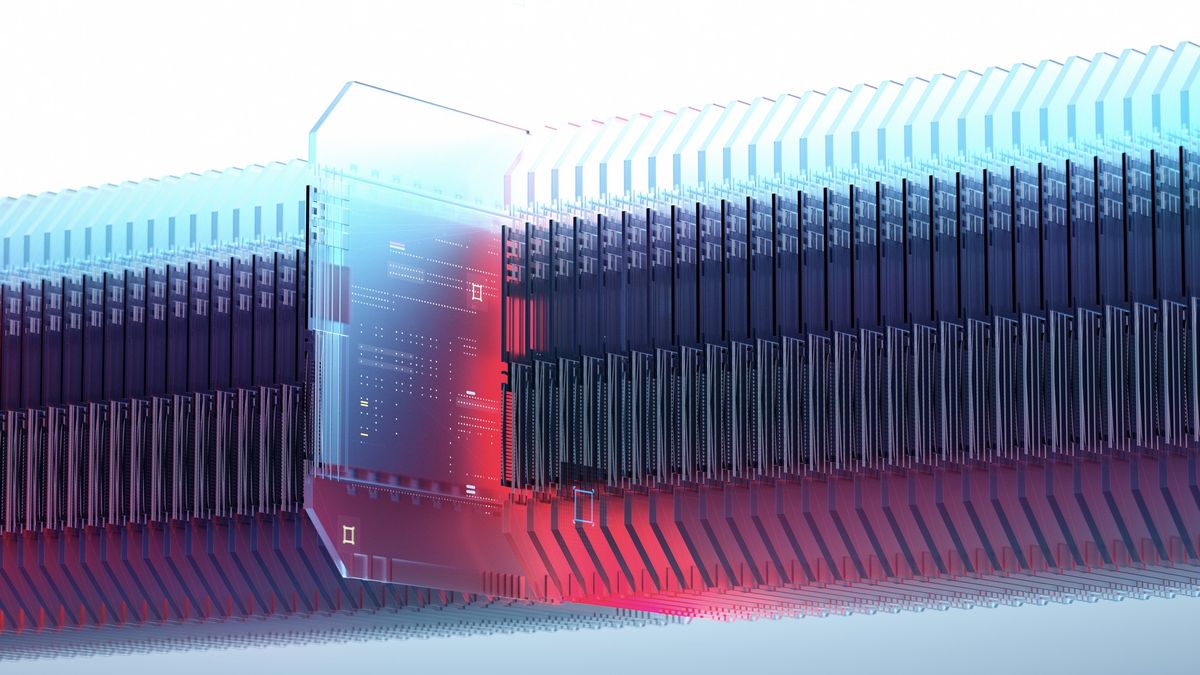Those totally look like the isolinear chips from Star Trek
Data is written by two million laser beamlets that punch QR code-like nano-scale patterns into the surface of the media. The laser pulse is sharpened by a digital micromirror device, and shaped by microscope optics onto the surface of the data carrier. This process imprints holes – or no holes – onto the surface layer, which represents binary information.
It’s futuristic punchcards. We’ve come full circle.
It’s futuristic punchcards.
always was.
So am I wrong to say this is a stone tablet hard drive? Doesn’t seem like you can overwrite data on it
Yeah, looks like write once. Which, we got a lot of mileage out of CD-Rs, libraries are useful.
So like CD-Rs but with silica instead of organics.
I like the idea.
Seems more like a standard CD. It can only be written on once.
CD-ROMs are read-only(-memory) & usually stamped plastic covered with mirror-ish surface (aluminum-somethings prob?).
CD-R have an (recordable) organic layer on top you can burn lil patterns into, once only.
CD-RW can be re-written several times.
But none of them really last long.
Many pressed CD-ROMs and audio CDs will likely last over 100 years if stored properly. However, the tolerances in the standard are high so lots of manufacturers use cheaper materials and processes than intended while still producing discs with the CD logo. It will take decades before we really know which were worse than others. The most likely point of failure is delamination, which will leak air between the layers and oxidize the aluminum coating in a process named laser rot after Laserdiscs, the earliest commercial optical disc system.
Anyway, the longetivity of (re)writable CDs is indeed usually below 20 years.
The recording layers of the CDDAs (1983-1987) had already vanished. So they lasted no longer than 40 years.
"SHM-CD"s would probably meet that 100 year mark but DVDs made them pointless by the time they were first released.






